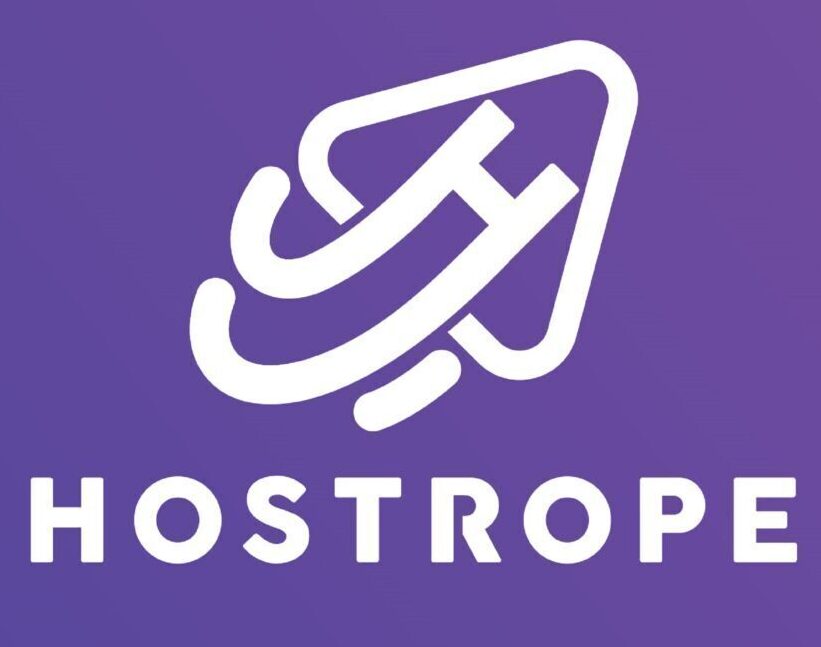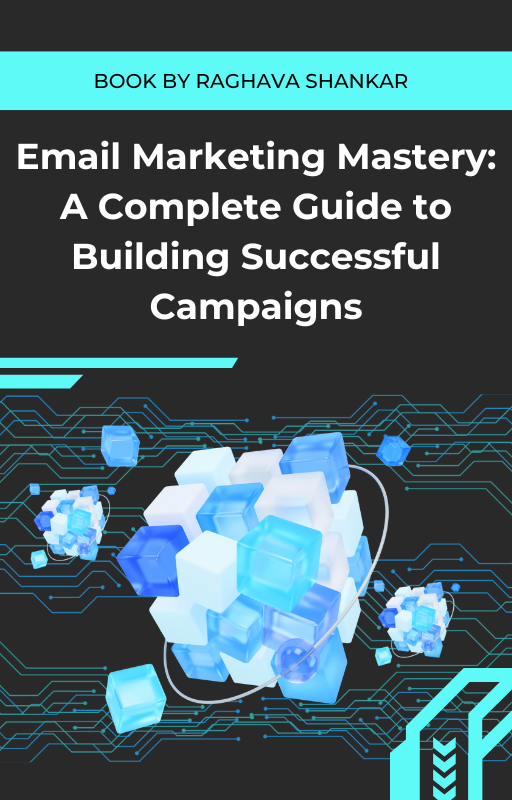Are you looking for ways to grow your email list? You’re not alone. As digital marketers, we all know that having a good mailing list is key to success and longevity in the ever-changing landscape of online marketing. In this article, we’ll take a look at how to build an effective email list, from start to finish so that you can get the most out of your campaigns and keep your subscribers engaged. Read on for the definitive guide to growing your email list!
What is an Email List and Why it’s Important
An email list is a database of email addresses that you can use to send marketing messages or newsletters to. Email lists are important because they allow you to reach a group of people who have given you permission to contact them via email. This is different from other marketing channels like social media, where you do not need permission to send messages.
Email lists are also important because they are targeted. You can segment your email list by factors like age, location, gender, interests, and more. This allows you to send highly relevant messages to the people on your list, which can lead to higher engagement and conversions.
Building an email list is not difficult, but it does require some planning and effort. The first step is to decide what content you want to share with your subscribers. This could be blog posts, exclusive coupons or deals, or anything else that would be of value to them.
Once you have your content ready, the next step is to sign up for an email service provider (ESP). This is a platform that will allow you to manage your subscribers and send emails. There are many different ESPs available, so take some time to research and find one that meets your needs.
Once you have an ESP set up, the next step is to create a sign-up form for your website or blog. This form should be easy to find and simple to fill out. Include a strong call-to-action (CTA) so that visitors know
Setting Up Your Email Service Provider
Assuming you’ve already chosen an email service provider (ESP), you’ll need to set up your account with them. This usually just requires giving them some basic information about yourself and your business, such as your name, website URL, and contact information.
Once you’ve set up your account, you’ll need to add a signup form to your website so people can join your email list. Your ESP should provide you with code to insert into your site; if they don’t, there are plenty of WordPress plugins that will do the job.
Once your signup form is in place, start promoting it! Make sure it’s prominently displayed on your home page and include a link to it in every email you send out. You can also mention it on social media or in any other marketing materials you produce.
Writing Quality Content to Attract Subscribers
The first step to writing quality content is understanding what your subscribers want. What are their pain points? What type of content do they engage with the most? Once you have a good understanding of your audience, it’s time to start creating content that will actually appeal to them.
blog posts,
emails,
social media posts,
and even e-books
are all great ways to attract new subscribers. But if the content isn’t interesting or engaging, people won’t stick around for long. That’s why it’s so important to write quality content that will keep people coming back for more.
Some tips for writing quality content:
• Write headlines that make people want to click through
• Use short paragraphs and easy-to-understand language
• Engage your readers by asking questions or inviting them to leave comments
• Use images, infographics, and videos to break up text and add visual interest
• Be timely – write about current events or trends that your audience cares about
• Offer valuable information – give your readers something they can’t find anywhere else
Strategies for Growing Your Email List
There are a number of strategies you can use to grow your email list. Below are some of the most effective:
1. Use social media to promote your sign-up form.
Make sure your sign-up form is prominently displayed on your website and that it’s easy for visitors to find. Then, use social media to drive traffic to your sign-up page. You can do this by including a link to your sign-up page in your social media bio, sharing posts that promote your sign-up page, or running ads that link to your sign-up page.
2. Offer an incentive for signing up.
People are more likely to sign up for your email list if they’re getting something in return. So, offer an incentive such as a discount code, free shipping, or access to exclusive content. Make sure the incentive is something that’s valuable to your target audience and that aligns with your brand.
3. Host a contest or giveaway.
Running a contest or giveaway is a great way to grow your email list quickly. To do this, simply promote the contest or giveaway on social media and include a link to the sign-up page where people can enter their information to win. This is an effective strategy because it allows you to reach a larger audience and also helps you collect valuable contact information from leads who may not be familiar with your brand yet.
4. Embed a sign-up form on your blog.
Embedding a sign-up form on your blog is a great way to capture leads who are already interested in your content. This is especially effective if you have an active blog with lots of visitors. Make sure the sign-up form is visible and easy to find so that visitors can easily opt-in to your email list.
5. Promote your list in print materials.
Include a call-to-action and link to the sign-up page in any print materials you produce, such as business cards, postcards, flyers, or brochures. This will help you reach people who may not be familiar with your brand yet but could still benefit from being on your email list.
Creating Effective Email Campaigns
Email campaigns can be an extremely effective way to reach out to your target audience and promote your product or service. However, there are a few key things to keep in mind when creating an email campaign in order to make it as successful as possible.
First, you need to make sure that your email list is full of people who are actually interested in what you have to offer. There’s no use trying to sell hair care products to someone who’s only subscribed to receive updates about new restaurants in town. Segmenting your email list will help you ensure that you’re only sending messages to those who will actually be interested in them.
Next, you need to create compelling content for your email campaign. Your subject line should be attention-grabbing and entice the reader to want to learn more. Once they’re actually reading your email, the content needs to be well-written and provide value. If it’s just a sales pitch, people will quickly unsubscribe from your list.
Finally, you need to track the performance of your email campaign so that you can continually improve it over time. Look at things like open rate, click-through rate, and conversion rate so that you can see what’s working and what isn’t. Make changes accordingly so that each subsequent email campaign is even more successful than the last.
Analyzing and Optimizing Your List Performance
Assuming you’ve already built an email list for your business, it’s time to analyze and optimize your list performance. Here are a few key things to look at:
1. Delivery rate: This is the percentage of emails that are successfully delivered to your subscribers’ inboxes. A low delivery rate could be due to a number of factors, including invalid email addresses on your list, poor IP reputation, or email content that triggers spam filters.
2. Open rate: This is the percentage of subscribers who open your emails. A low open rate could be due to uninteresting subject lines, boring content, or too many emails in a subscriber’s inbox.
3. Click-through rate: This is the percentage of subscribers who click on links in your emails. A low click-through rate could be due to irrelevant content, poor email design, or a lack of compelling call-to-actions.
4. Unsubscribe rate: This is the percentage of subscribers who unsubscribe from your list after receiving an email. A high unsubscribe rate could be due to overly frequent emails, irrelevant content, or a poor user experience (e.g., difficult unsubscribe process).
Once you’ve analyzed your list performance, it’s time to take action to improve it. Here are a few things you can do:
1. Remove invalid email addresses: Use an email validation service to remove invalid email addresses from your list (e.g., addresses with typos, incorrect domains, etc.). This will improve your delivery rate and help ensure only valid emails are sent.
2. Optimize subject lines: Use A/B testing to test different subject lines and find out which ones are most effective at getting subscribers to open your emails.
3. Test content: Experiment with different types of content to see which resonates best with your subscribers. Pay special attention to calls-to-action, as these can be key drivers of clicks and conversions.
4. Analyze unsubscribes: Look for patterns in the unsubscribe data to identify what could be driving people away from your list. This can give you valuable insights into how you can improve your email marketing strategy moving forward.
By taking the time to analyze and optimize your list performance, you’ll be able to create a more successful email marketing program that gets results.
Alternatives To Building An Email List
There are a number of alternatives to building an email list for your business. These include using a contact management system, building a social media following, or using a third-party email marketing service.
Contact management systems such as Highrise and Nimble offer features that allow you to keep track of your contacts and their contact information. You can also use these systems to send mass emails to your contacts.
Building a social media following is another alternative to building an email list. Social media platforms such as Facebook and Twitter allow you to connect with potential customers and promote your business.
Using a third-party email marketing service such as MailChimp or Constant Contact allows you to create and manage your email list, as well as send mass emails to your contacts. These services typically charge a monthly fee.
Conclusion
Building an email list for your business is a critical step to improving customer engagement, growing brand awareness and boosting sales. By following the tips we have shared in this guide, you will have everything you need to construct a successful email marketing campaign that will help bring your business to the next level. With the right strategy, building an email list can be one of the most effective ways to build relationships with customers and increase conversions. So start taking action today and grow your business with a powerful email list!











